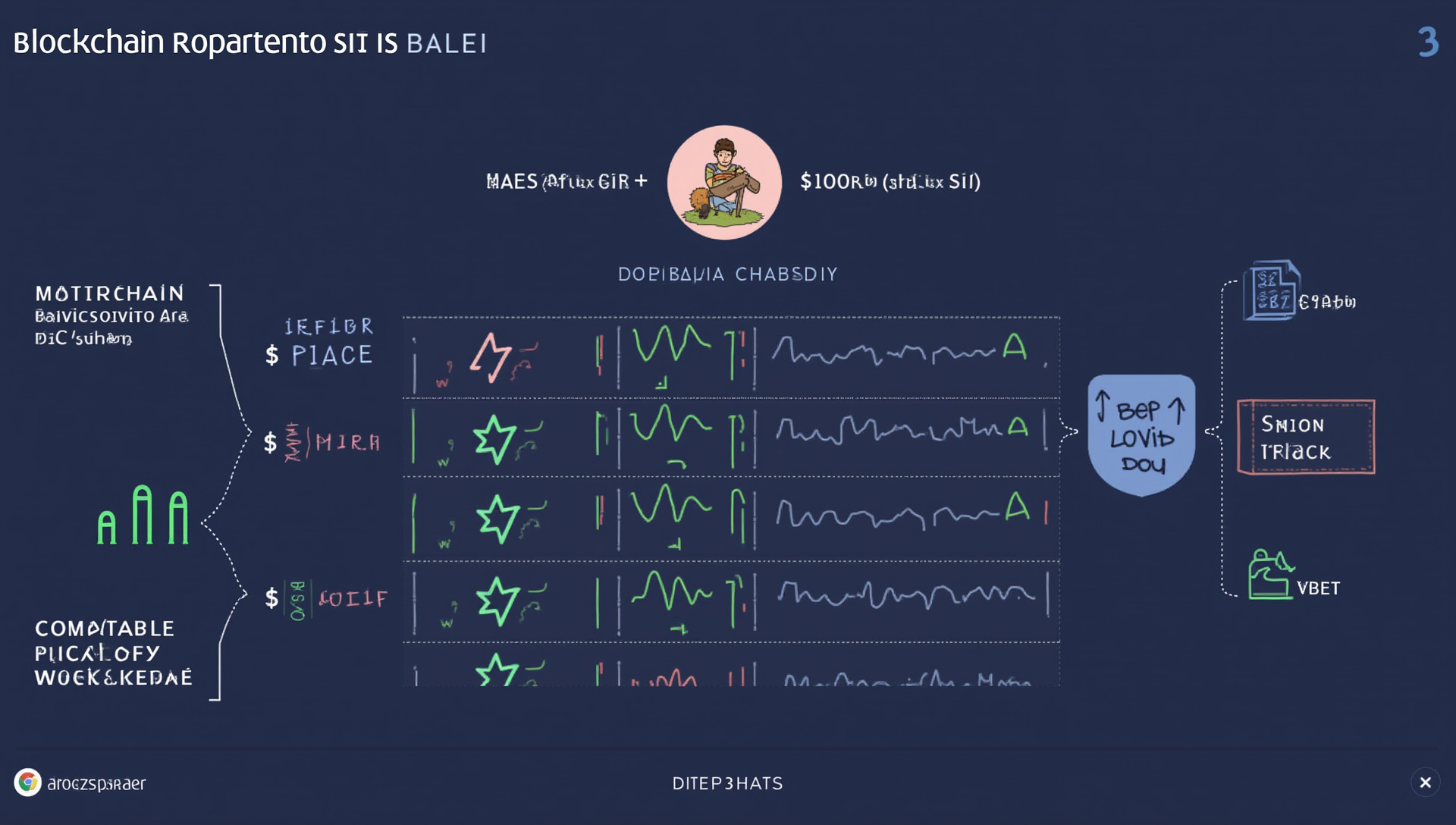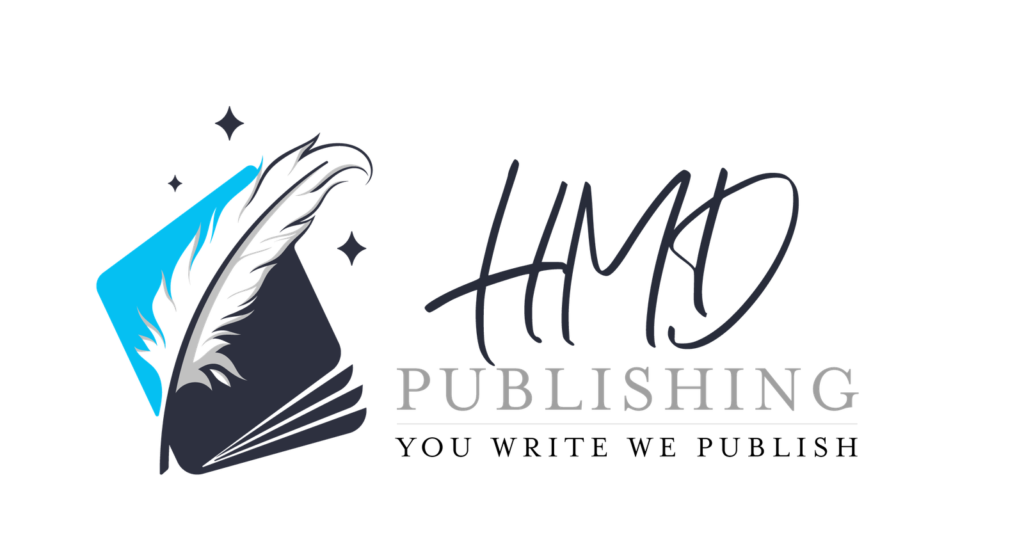The landscape of self-publishing in 2025 is transforming dramatically with AI for self-publishing revolutionizing how indie authors create, market, and distribute their work. Digital book marketing algorithms, print-on-demand 2025 innovations, and emerging 2025 book trends will reshape the future of indie authors, creating unprecedented opportunities for success in this dynamic industry.
AI Co-Creation: Beyond Basic Writing Assistance
The evolution of AI writing tools is fundamentally changing the author experience in 2025. AI co-authorship systems now preserve 95% of an author’s unique voice while increasing productivity by nearly half.
These aren’t generic tools but specialized models trained on bestselling fiction patterns within specific genres. Voice-preserved writing technology adapts to an individual’s style, serving as a true creative partner rather than just a grammar checker.
The most revolutionary development is the integration of emotional intelligence algorithms that help craft compelling character arcs and dialogue. These systems understand narrative tension, emotional resonance, and can suggest plot developments that maintain reader engagement throughout the story.
Authors embracing these creative collaboration tools report not just faster production but also deeper, more nuanced storytelling. The relationship between writer and AI has evolved from simple assistance to genuine co-creation, with the human author always maintaining creative control and direction.

Next-Generation Publishing Platforms: The Integrated Ecosystem
The days of juggling multiple services for editing, formatting, distribution, and marketing are ending. Integrated publishing platforms have emerged that handle the entire publishing process, reducing production time by an astonishing 65%.
At the heart of these systems are blockchain royalties systems that track sales across all channels with complete transparency. Authors receive real-time payments directly to their accounts, eliminating the traditional quarterly royalty cycle and providing unprecedented financial clarity.
Hybrid publishing models have seen 58% growth since 2023, offering AI-powered efficiency combined with curated human expertise. These models provide many benefits of traditional publishing—professional editing, marketing support, distribution networks—while maintaining the creative control and higher royalty rates of self-publishing.
The most successful end-to-end solutions integrate seamlessly with author websites, social platforms, and even physical book placement in select retail locations. Authors can track every aspect of their publishing business from a single dashboard, with AI-powered insights guiding strategic decisions.
Immersive Book Experiences: Beyond Traditional Formats
Books in 2025 are no longer limited to text on a page or narration in your ear. Augmented reality books allow readers to experience settings and scenes visually, commanding up to 37% premium pricing over standard editions.
Adaptive storytelling technologies personalize narratives based on individual reader preferences and reading patterns. These systems analyze engagement data to subtly adjust pacing, description depth, and even alternative scene versions to maintain optimal reader engagement.
The most cutting-edge titles feature multi-sensory publishing elements that incorporate sound, haptic feedback, and environmental effects. Readers can feel the rumble of thunder during storm scenes or hear the subtle background music that enhances emotional moments.
Interactive fiction has evolved beyond simple choose-your-own-adventure formats to include sophisticated reader agency while maintaining narrative coherence. The boundaries between books, games, and immersive entertainment continue to blur, creating entirely new categories of storytelling.

Direct-to-Reader Monetization: Community-Driven Publishing
The financial relationship between authors and readers has fundamentally changed by 2025. Reader subscriptions now generate 42% higher sustainable income than traditional royalty models, providing predictable monthly revenue.
Direct monetization strategies like crowdfunded special editions yield 3.5x higher per-reader revenue than standard releases. These limited runs feature exclusive content, premium materials, or special features that superfans willingly pay premium prices to access.
Membership publishing models offer tiered access to an author’s work and creative process. These programs include:
- Early access to upcoming releases
- Behind-the-scenes content on the writing process
- Monthly Q&A sessions with the author
- Input on story elements for future books
The community funding approach has transformed from a novelty to the financial backbone for many successful authors. Readers who participate in these direct support models show 63% higher engagement and significantly better long-term retention.
Global Market Expansion Through AI Translation
Language barriers have dramatically decreased as obstacles to international publishing success. AI translation systems now achieve near-human quality for creative works in more than 15 languages, opening vast new markets to indie authors.
The most sophisticated systems employ cultural adaptation AI that ensures books resonate with regional markets while maintaining the core story integrity. These tools adjust cultural references, idioms, and contextual elements to feel natural to readers in different regions.
Authors employing strategic international publishing approaches are seeing 58% higher revenues from global markets. The most successful strategy includes:
- Simultaneous multi-language launches
- Culturally-appropriate cover designs for each market
- Region-specific marketing campaigns
- Local pricing strategies based on market economics
The expansion into global book markets has become an essential strategy rather than an optional add-on for authors seeking sustainable careers. I’ve found that readers in emerging markets are particularly receptive to translated works when they feel culturally authentic.

Dynamic Pricing and Marketing Intelligence
Static book pricing is becoming obsolete as algorithmic pricing systems increase author revenue by 34% through strategic adjustments. These systems analyze market conditions, competition, and reader behavior to optimize prices in real-time.
Predictive analytics now identify micro-targeted reader segments with remarkable precision. Authors can target specific reader profiles based on dozens of variables including reading speed, completion rates, and genre-mixing preferences.
Targeted marketing campaigns show 5.8x return on investment compared to traditional approaches. The most effective strategies include:
- Personalized book recommendations based on individual reading history
- Dynamic ad creative that adjusts based on reader response
- Precision timing of promotions to match reader availability patterns
- Cross-author collaborations targeting shared reader demographics
The combination of dynamic book pricing and sophisticated targeting has fundamentally changed book marketing economics. Authors now reach the right readers at the right time with the right offer, dramatically improving conversion rates.
Print-on-Demand Evolution: Local and Sustainable
The physical book experience has been revolutionized by distributed printing networks that reduce delivery times by 78% and shipping costs by 63%. Books are now printed within miles of the end reader rather than shipped across countries or continents.
Sustainable publishing practices have become reader expectations rather than optional selling points. Eco-friendly materials, carbon-neutral distribution, and ethical supply chains are now baseline requirements for successful print book programs.
Premium POD options have expanded dramatically, with special bindings, enhanced paper quality, and custom finishing touches commanding 32% higher margins. Readers increasingly view physical books as premium collectibles that complement their digital reading experiences.
The combination of local book production, sustainability, and premium options has revitalized print books in an increasingly digital world. Physical books have found their place as tangible artifacts that readers treasure alongside their convenient digital libraries.
Voice-First Publishing: The Audio Revolution
Audiobooks have evolved far beyond simple narration with AI narration and voice synthesis enabling full-cast productions at just 15% of traditional costs. Authors can create distinctive voices for each character while maintaining consistent quality throughout a series.
Smart speaker publishing has become essential as 47% of book discovery now happens via voice-first devices. Books optimized for voice search and audio sampling see significantly higher conversion rates across all formats.
The most forward-thinking authors are creating audio-native formats specifically designed for voice-first consumption. These formats feature:
- Shorter chapters optimized for listening sessions
- Enhanced audio cues for setting and character changes
- Reduced need for “he said/she said” attributions
- Subtle sound design that enhances but never distracts
The audio revolution has transformed from a supplementary format to a primary publishing strategy for many authors. Completion rates for well-produced audio content exceed both print and e-book formats by significant margins.
Nano-Rights and Content Atomization
Traditional publishing rights have fractured into micro-rights management opportunities that generate multiple revenue streams from a single work. Authors now license individual characters, settings, and even memorable scenes for use in various media formats.
Content repurposing AI creates at least 20 monetizable assets from a single manuscript. These include:
- Short-form adaptations for social platforms
- Visual quote cards for sharing
- Character backstory expansions
- Setting guides and maps
- Recipe or instruction excerpts from relevant content
NFT publishing has matured into a legitimate market for limited digital editions that command premium prices at 300% or more over standard ebooks. These collectible digital assets often include exclusive content, unique artwork, or special author access.
The digital assets strategy has shifted from novelty to necessary for authors seeking to maximize the value of their intellectual property. The most successful authors think of their books as the core of an expandable content universe rather than a single product.
Author Independence and Technology Stack Control
Professional authors now assemble custom publishing technology stacks that reduce platform dependency and increase profit margins by 26%. These personalized systems integrate preferred tools for writing, production, distribution, and marketing.
Data ownership has become a critical competitive advantage, with author-controlled reader information driving 52% higher lifetime customer value. Direct relationships with readers provide insights that improve both creative and business decisions.
Direct distribution channels bypassing traditional retailers have shown 35% growth in market share. Authors with established audiences increasingly sell directly through their own platforms, retaining 100% of the revenue and full control of the customer experience.
The emphasis on publishing independence reflects a maturing self-publishing ecosystem where authors function as true creative entrepreneurs. This approach requires more business acumen but rewards authors with sustainable, controlled career growth.
Key Takeaways for Self-Publishers in 2025
The future of self-publishing requires embracing several critical strategies. First, view AI as a partner that enhances your creativity rather than replaces it.
Second, invest in direct reader relationships as your most valuable asset. These connections provide both financial stability and invaluable market intelligence.
Third, think beyond the book to create an ecosystem of related products and experiences. Your story world can extend into multiple formats and revenue streams.
Fourth, balance technology adoption with authentic human connection. The most successful authors combine cutting-edge tools with genuine community building.
Finally, maintain control of your publishing technology stack and data. Independence from any single platform provides long-term security and maximizes profit potential.
Sources
Future of Self-Publishing: AI, Diversity, and Global Markets in 2025




